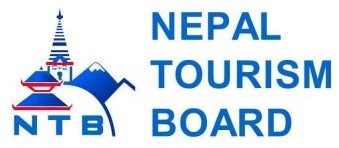The Ultimate Guide to Everest 3 Pass Trek in Nepal – A Challenging Adventure
.jpg)
6th May, 2025
- teamramadventure
Everest 3 Pass Trek Nepal
Introduction
The Everest 3 Pass Trek is a high-altitude adventure that stands out as one of the most demanding and rewarding trekking routes in the world. Located in the Khumbu region of Nepal, this challenging trek combines the thrill of crossing three of the highest mountain passes — Kongma La, Cho La, and Renjo La — while also taking trekkers to some of the most iconic destinations in the Himalayas, including Everest Base Camp, Kala Patthar, and Gokyo Lakes.
Table of Contents
This comprehensive guide will provide you with detailed information about the Everest 3 Pass Trek — the route, itinerary, what to pack, best seasons, permits required, cultural experiences, and much more. Whether you’re a seasoned trekker looking for a new challenge or someone planning their first Himalayan adventure, this blog is your ultimate resource.
What is the Everest 3 Pass Trek?
The Everest 3 Pass Trek is a circuit trek that takes you through the heart of the Everest region in Nepal. It is not just about reaching Everest Base Camp; it’s a full exploration of the Khumbu region. This trek connects three high mountain passes:
-
Kongma La Pass (5,535 meters)
-
Cho La Pass (5,420 meters)
-
Renjo La Pass (5,360 meters)
The trek also includes some of the most popular trekking destinations in Nepal, such as Gokyo Lakes, Kala Patthar, and Everest Base Camp. The route forms a circular loop, offering a comprehensive journey that avoids retracing your steps. Along the way, you’ll encounter breathtaking views of Everest and other 8,000-meter peaks, as well as immerse yourself in the unique Sherpa culture of the region.
Why Choose the Everest 3 Pass Trek?
The Everest 3 Pass Trek offers a unique experience, setting it apart from other treks in the Everest region. Here are a few reasons why it should be on every trekker's bucket list:
1. Spectacular Scenic Views
The trek offers unparalleled panoramic views of the Himalayas, including Everest, Lhotse, Makalu, and Cho Oyu. You'll see Everest from multiple perspectives and witness the grandeur of the Khumbu Glacier and surrounding peaks.
2. Physical and Mental Challenge
This trek is for experienced trekkers who want to push their limits. The challenge of crossing three high passes, each over 5,000 meters, makes this trek demanding. You'll be tested physically, but the reward is an unforgettable adventure.
3. More Than Everest Base Camp
If you’ve already trekked to Everest Base Camp, the 3 Pass Trek offers a way to explore beyond the standard route, taking you to remote areas and quiet trails that fewer trekkers visit.
4. Fewer Crowds
Many trekkers shy away from the 3 High Passes route due to its difficulty, meaning fewer people on the trail. This gives you a more peaceful and solitary trekking experience compared to the crowded Everest Base Camp route.
5. Cultural Immersion
You’ll pass through traditional Sherpa villages like Namche Bazaar, Tengboche, and Lungden, where you’ll get a glimpse of the rich Sherpa culture, monasteries, and the hospitality of the local people.
Everest 3 Pass Trek Itinerary – Day-by-Day Breakdown
The Everest 3 Pass Trek typically takes 18–21 days to complete, allowing for proper acclimatization and a slow progression to higher altitudes. Here’s a day-by-day itinerary for a typical Everest 3 Pass Trek:
Day 1: Fly to Lukla (2,840m), Trek to Phakding (2,610m)
-
Flight duration: 30–40 minutes
-
Trek duration: 3–4 hours
-
Begin the adventure with a flight from Kathmandu to Lukla. From there, trek to Phakding, passing through small villages and enjoying your first views of the mountains.
Day 2: Phakding to Namche Bazaar (3,440m)
-
Trek duration: 6–7 hours
-
The trail climbs steeply through pine forests and over suspension bridges. Namche Bazaar, a bustling Sherpa town, is the perfect place for acclimatization.
Day 3: Acclimatization Day in Namche
-
Explore Namche by hiking to the Everest View Hotel for stunning views of Mount Everest. You can also visit the Sherpa Museum and Tengboche Monastery.
Day 4: Namche to Tengboche (3,860m)
-
Trek duration: 5–6 hours
-
Continue on the main trail to Tengboche, known for its monastery. From here, you can get panoramic views of Everest, Lhotse, and Ama Dablam.
Day 5: Tengboche to Dingboche (4,410m)
-
Trek duration: 5–6 hours
-
The route passes through Pangboche and alpine meadows with excellent views of Lhotse and Island Peak.
Day 6: Acclimatization in Dingboche
-
Hike to Nagarjun Hill or Chukhung Ri to help your body adjust to the higher altitudes. This is essential for avoiding altitude sickness.
Day 7: Dingboche to Chukhung (4,730m)
-
Trek duration: 3–4 hours
-
A short and easy day to rest and prepare for the upcoming passes.
Day 8: Cross Kongma La (5,535m) to Lobuche (4,910m)
-
Trek duration: 8–10 hours
-
Cross the Kongma La Pass, the highest pass of the three. It’s a challenging day, with rocky terrain and snow, but the views are spectacular. Descend to Lobuche for the night.
Day 9: Lobuche to Gorakshep, visit Everest Base Camp (5,364m)
-
Trek duration: 6–7 hours
-
Trek to Gorakshep, drop your bags, and hike to Everest Base Camp. Enjoy the views of the Khumbu Icefall.
Day 10: Hike Kala Patthar (5,545m) for Sunrise, Trek to Dzongla
-
Trek duration: 7–8 hours
-
Wake up early to climb Kala Patthar for a spectacular sunrise view of Everest. Afterward, trek to Dzongla.
Day 11: Cross Cho La Pass (5,420m) to Thagnak (4,700m)
-
Trek duration: 7–8 hours
-
Cross Cho La Pass. Be prepared for icy conditions, especially if trekking in the early season. Descend to Thagnak.
Day 12: Thagnak to Gokyo (4,790m)
-
Trek duration: 3–4 hours
-
A short trek to the Gokyo Lakes region, where you’ll find stunning turquoise lakes surrounded by towering peaks.
Day 13: Hike Gokyo Ri (5,360m), Rest at Gokyo
-
Trek duration: 4–5 hours
-
Hike to the summit of Gokyo Ri for 360-degree views of Everest, Makalu, Lhotse, and Cho Oyu.
Day 14: Cross Renjo La Pass (5,360m) to Lungden (4,380m)
-
Trek duration: 7–8 hours
-
Cross Renjo La Pass, a less technical but still challenging pass. Enjoy views of the surrounding valleys and glaciers.
Day 15: Lungden to Thame (3,800m)
-
Trek duration: 4–5 hours
-
Trek to Thame, a historic village with one of the oldest monasteries in the region.
Day 16: Thame to Namche
-
Trek duration: 4–5 hours
-
Descend through forests and Sherpa villages to Namche.
Day 17: Namche to Lukla
-
Trek duration: 6–7 hours
-
The final descent to Lukla.
Day 18: Fly Back to Kathmandu
-
Fly from Lukla back to Kathmandu, marking the end of your trek.
Best Trekking Seasons
The best time to do the Everest 3 Pass Trek is during the spring (March–May) and autumn (September–November) seasons. During these months, the weather is clear, and the skies are crisp, offering the best mountain views. Temperatures are also more moderate, making the trek more comfortable.
Avoid trekking during the monsoon season (June–August), when trails can be muddy, and weather conditions are unpredictable. Winter (December–February) can also be harsh, with snow blocking some of the passes.
Permits Required
The Everest 3 Pass Trek requires a few permits:
-
TIMS Card (Trekkers’ Information Management System)
-
Sagarmatha National Park Permit
-
Khumbu Rural Municipality Permit
These permits are required for entry into the Everest region, and they can be obtained in Kathmandu or at the entrance points of the trek.
Difficulty and Fitness Requirements
The Everest 3 Pass Trek is considered a strenuous trek due to its high-altitude passes, long trekking days, and difficult terrain. You will be trekking for 6-8 hours per day, and there will be steep ascents and descents. Proper physical fitness and previous trekking experience at high altitudes are recommended.
What to Pack
Essential packing items include:
-
Down jacket and thermal layers
-
Four-season sleeping bag
-
Trekking poles and crampons/microspikes
-
Waterproof boots, gloves, and hat
-
Sunglasses and sunscreen
-
Water purification system (tablets or filter)
-
First aid kit, including altitude medication
Local Culture and Etiquette
The Khumbu region is home to the Sherpa people, who follow Buddhism. Be respectful of local customs, especially when visiting monasteries. Always ask permission before taking photos of people or religious sites.
Best Trekking Seasons
The Everest 3 Pass Trek is best undertaken during the spring (March to May) and autumn (September to November) seasons, which are ideal for trekking in Nepal. These months offer clear skies, stable weather, and more comfortable temperatures. Here’s why these seasons are optimal:
Spring (March–May)
-
Weather: Generally sunny with some rain towards the end of May.
-
Temperature: Moderate temperatures at lower altitudes, and cooler at higher elevations.
-
Pros: Lush greenery, fewer clouds, and stable weather conditions.
Autumn (September–November)
-
Weather: Clear skies with little to no rainfall.
-
Temperature: Cold at higher altitudes but comfortable at lower elevations.
-
Pros: The region is dry, making it perfect for long treks, and the temperatures are ideal for trekking.
Why Avoid Other Seasons:
-
Monsoon (June–August): The monsoon season brings heavy rains, which makes trails slippery and dangerous. It’s also prone to landslides, and many tea houses may be closed.
-
Winter (December–February): Winter brings extreme cold and heavy snowfall, which may block the passes, making it difficult to cross them. While fewer people trek during this time, the conditions are harsh and should only be attempted by experienced trekkers prepared for extreme cold.
Permits Required
When trekking in the Everest region, you will need to acquire several important permits. These are necessary for entry into protected areas, ensuring that trekkers are accounted for and that the environment is preserved.
1. TIMS Card (Trekkers' Information Management System)
-
Cost: Around NPR 2,000 (approx. USD 18).
-
Issued by: Nepal Tourism Board (NTB).
-
Purpose: Helps in tracking trekkers for safety, ensuring that you are registered in the system.
2. Sagarmatha National Park Permit
-
Cost: NPR 3,000 (approx. USD 26) for foreigners.
-
Issued by: The National Park Office at Monjo.
-
Purpose: Grants access to the Sagarmatha National Park, which is the protected area encompassing the Everest region.
3. Khumbu Rural Municipality Permit
-
Cost: NPR 2,000 (approx. USD 18) per person.
-
Issued by: The local authority in the Everest region.
-
Purpose: This is a newer permit introduced to regulate the influx of trekkers and contribute to local development.
These permits are usually handled by your trekking agency, but it’s important to be aware of them as part of your preparation.
Accommodation and Food
During the Everest 3 Pass Trek, accommodation is primarily provided in tea houses or lodges. These are simple but comfortable establishments where you can rest, eat, and interact with fellow trekkers. Here's a breakdown:
Accommodation
-
Tea Houses: Located in all major stops along the route. The rooms are basic, with a bed, a blanket, and sometimes a small table. Bathrooms are shared.
-
Guesthouses: In larger villages, there are larger, more comfortable guesthouses, but they are still quite basic compared to Western standards.
-
Higher Altitudes: In higher villages like Lobuche or Gorakshep, the rooms tend to be colder, and in some places, you'll need to rent a sleeping bag.
Food
-
Typical Meals: Tea houses offer a wide variety of food, from basic dal bhat (rice and lentils) to momos (dumplings), noodles, and sandwiches. The higher up you go, the food options decrease, and prices rise.
-
Western Food: While you’ll find some Western options like pasta, pizza, and pancakes, these may not be as fresh at higher altitudes. Stick with dal bhat, which is nutritious and filling.
-
Snacks: For energy, you can buy chocolates, biscuits, and energy bars along the way.
Water and Hydration
-
Water: You can buy bottled water at each village, or you can treat water from streams using purification tablets or filters. It’s important to stay hydrated at high altitudes.
Difficulty and Fitness Requirements
The Everest 3 Pass Trek is one of the most challenging treks in Nepal, and it requires a good level of fitness, as well as prior trekking experience, especially at high altitudes. Here’s a breakdown:
Difficulty:
-
Altitude: You will be trekking above 5,000 meters (16,500 feet) at multiple points, including the three passes.
-
Passes: The Kongma La, Cho La, and Renjo La passes require physical endurance. Some sections are technical, and you might need crampons or microspikes during certain times of the year.
-
Duration: You’ll be trekking for 6–8 hours per day with challenging ascents and descents.
Fitness Requirements:
-
Cardiovascular Fitness: You need to be in good cardiovascular shape. Regular cardio workouts, such as hiking, running, or swimming, are recommended.
-
Strength: Leg strength is important, as you will face steep ascents, especially crossing the passes.
-
Stamina: Endurance training will help you maintain energy over long trekking days.
-
Acclimatization: Proper acclimatization is vital to prevent altitude sickness. Spending extra days at key points will help your body adjust.
If you’ve previously completed treks at altitudes above 4,000 meters or have experience with multi-day hikes, you should be physically prepared for this trek.
Cost Breakdown
The cost of the Everest 3 Pass Trek varies depending on factors such as the duration, the agency you choose, and the level of service. Here’s a rough breakdown of costs:
1. Trekking Agency Fees:
-
Group Trek: $1,200 – $1,500 (includes guide, porter, permits, and accommodation).
-
Private Trek: $1,800 – $2,500 (for a more personalized experience).
2. Flights:
-
Kathmandu to Lukla flight: Around $200 – $300 (round trip).
3. Permits:
-
TIMS Card: $18.
-
Sagarmatha National Park Permit: $26.
-
Khumbu Rural Municipality Permit: $18.
4. Accommodation and Food:
-
Teahouses: $10 – $20 per night, depending on the elevation.
-
Meals: $5 – $10 per meal (at lower altitudes), higher at higher elevations.
5. Additional Costs:
-
Insurance: Travel insurance is highly recommended and can cost between $50 – $100 for the trek.
-
Extra Snacks: Energy bars, bottled water, and treats can add $100–$200 for the entire trek.
Estimated Total Cost:
-
Budget: $2,500 – $3,500 (with a group trek).
-
Luxury: $4,000 – $5,000 (with private services, higher-end accommodations).
Packing List
Packing light is crucial for a successful trek. Here’s a detailed packing list for the Everest 3 Pass Trek:
Essentials:
-
Backpack (30-40L)
-
Sleeping Bag (four-season)
-
Down Jacket
-
Trekking Boots
-
Waterproof Jacket/Pants
-
Microspikes or Crampons (for crossing passes)
-
Thermal Layers (Base layers, fleece)
-
Hats, Gloves, and Scarf (for cold temperatures)
-
Sunglasses and Sunscreen
-
Water Bottles/Water Purification Tablets
-
First Aid Kit
-
Power Bank for Electronics
-
Camera/Phone
-
Snacks (Energy bars, trail mix, chocolate)
-
Headlamp and Extra Batteries
-
Documents (Passport, permits, insurance)
Local Culture and Etiquette
Respect the local Sherpa culture and traditions. The Everest region is deeply Buddhist, and it’s important to be mindful of the following:
-
Don’t point your feet at religious artifacts.
-
Ask permission before taking photos, especially in monasteries or of people.
-
Respect Buddhist prayer flags and stupas. Walk around them in a clockwise direction.
-
Donate or help when possible. Many Sherpa villages rely on trekking tourism, so a small donation or helping in any way is appreciated.
Travel Insurance & Safety Tips
Travel insurance is essential when trekking in Nepal, particularly for high-altitude treks. A good policy should cover:
-
Emergency Evacuation: Helicopter rescue if necessary due to illness or injury.
-
Medical Coverage: Including altitude sickness and other trekking-related injuries.
-
Trip Cancellation/Interruption: Due to weather conditions or unforeseen events.
Safety Tips:
-
Acclimatize Properly: Take regular breaks and ascend slowly to avoid altitude sickness.
-
Stay Hydrated: Drink plenty of water, even if you don’t feel thirsty.
-
Know the Symptoms of Altitude Sickness: Headaches, nausea, and dizziness are common. Descend immediately if symptoms worsen.
FAQs
1. Is the Everest 3 Pass Trek suitable for beginners?
No, this trek is best suited for experienced trekkers who are familiar with high-altitude trekking.
2. What happens if I get altitude sickness?
If you experience altitude sickness, descend to a lower altitude and seek medical help immediately. Always listen to your body.
3. Do I need a guide and porter?
While it’s possible to do the trek independently, hiring a guide and porter is highly recommended for safety, local knowledge, and help with carrying your gear.
4. Can I trek in winter?
Winter is not ideal for this trek due to extreme cold and snow at high altitudes. Only experienced trekkers should attempt it.


 Plan Your Trip Now
Plan Your Trip Now 










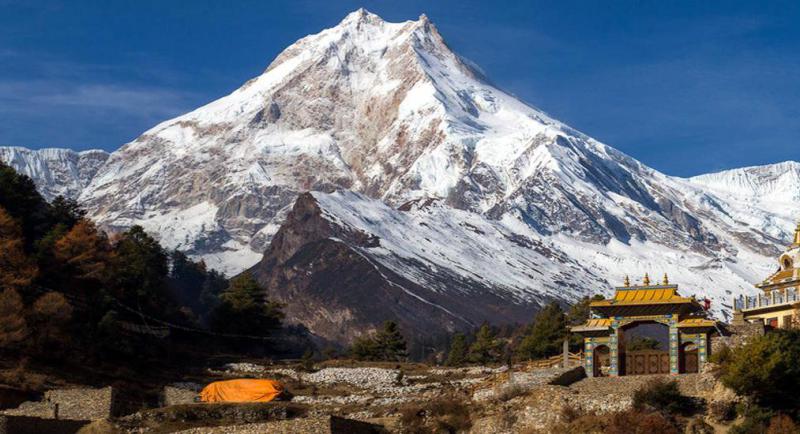

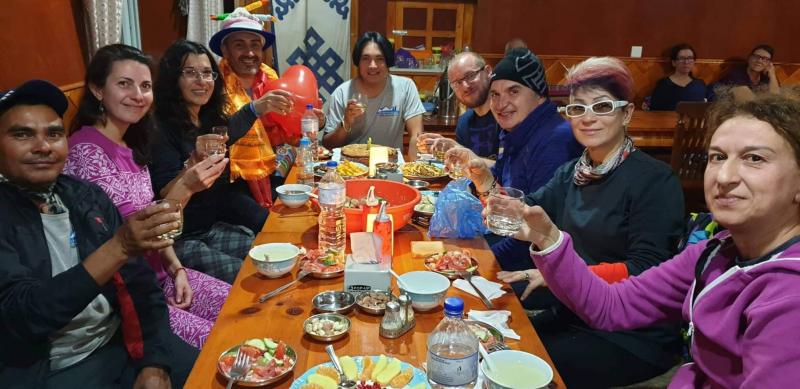









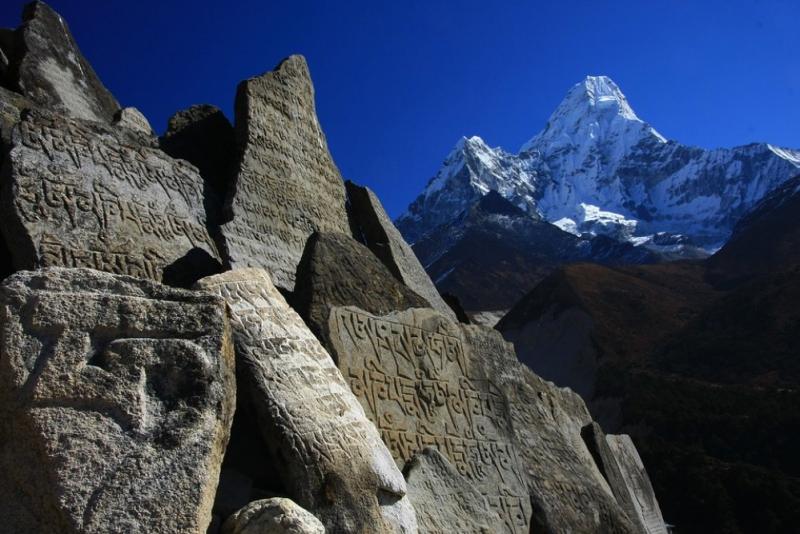






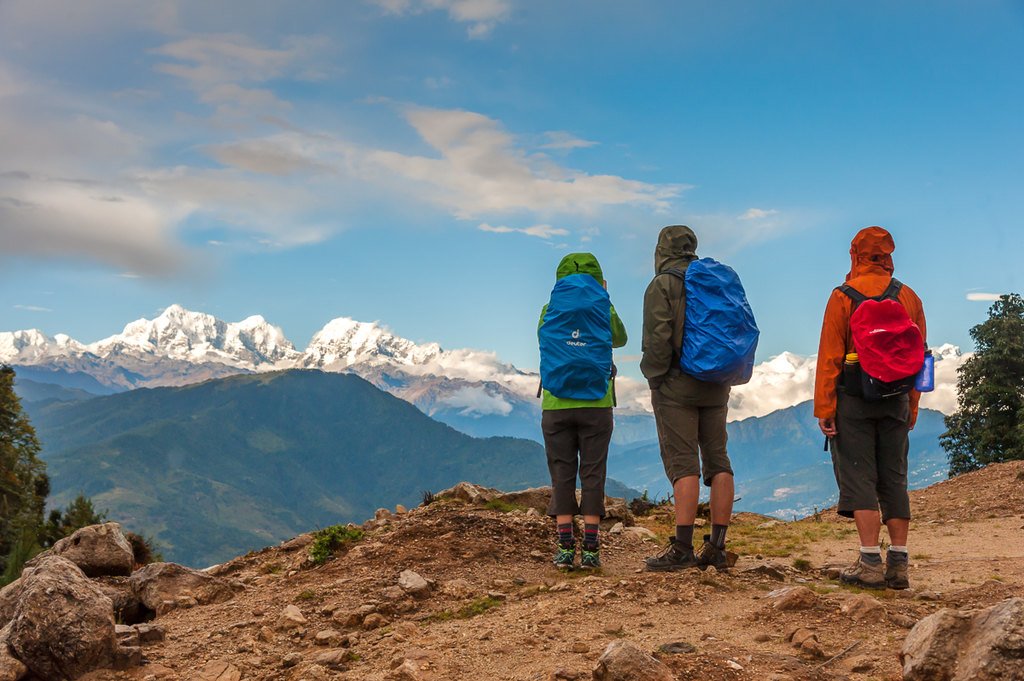
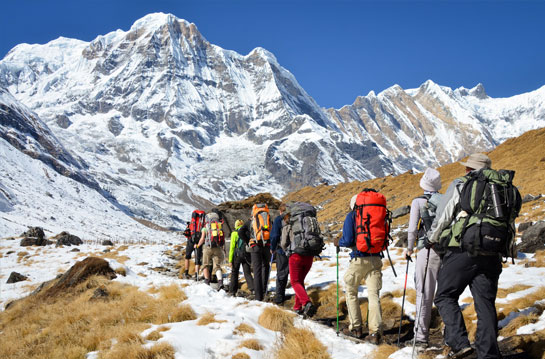
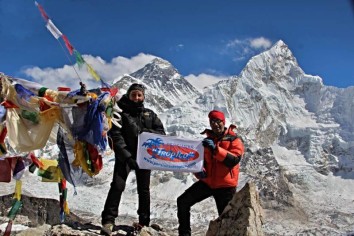






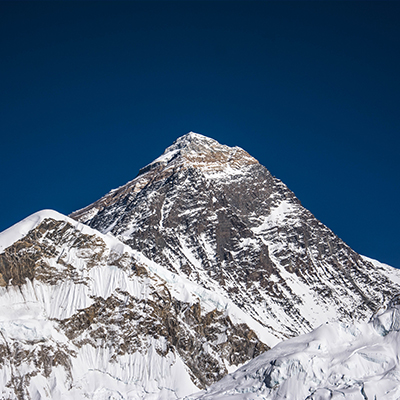


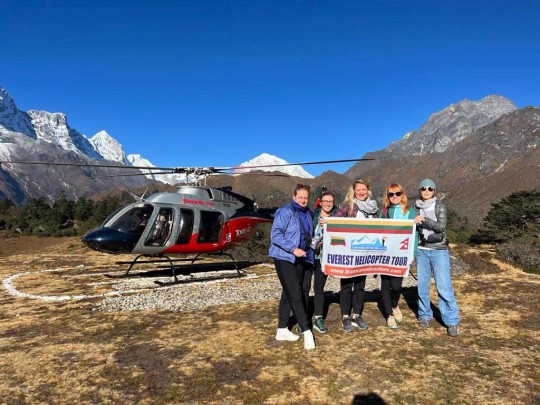



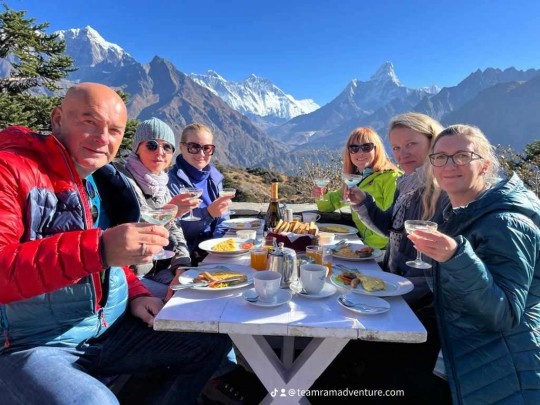







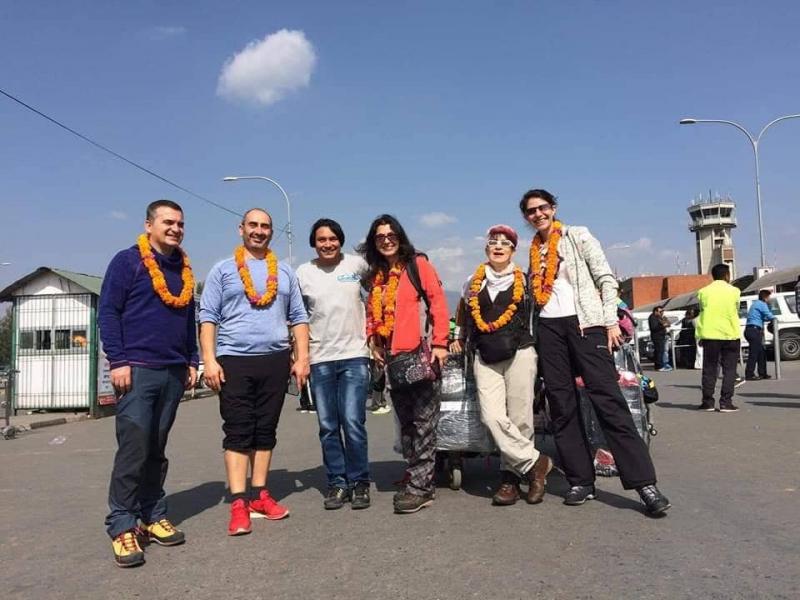












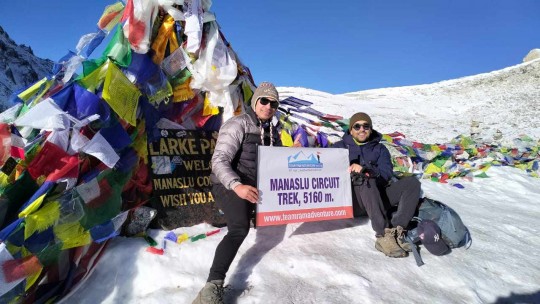
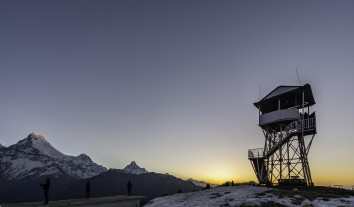
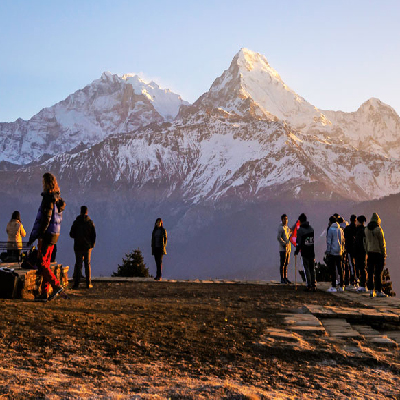










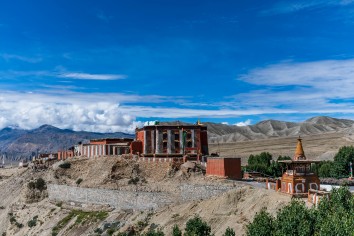


.jpg)







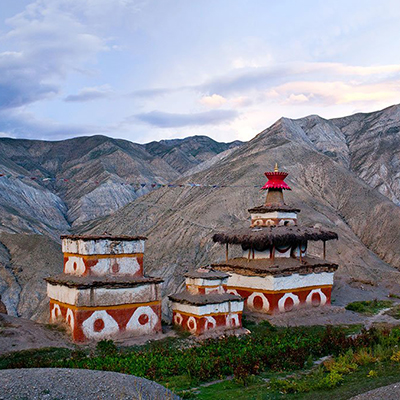
.jpg)


.jpg)

